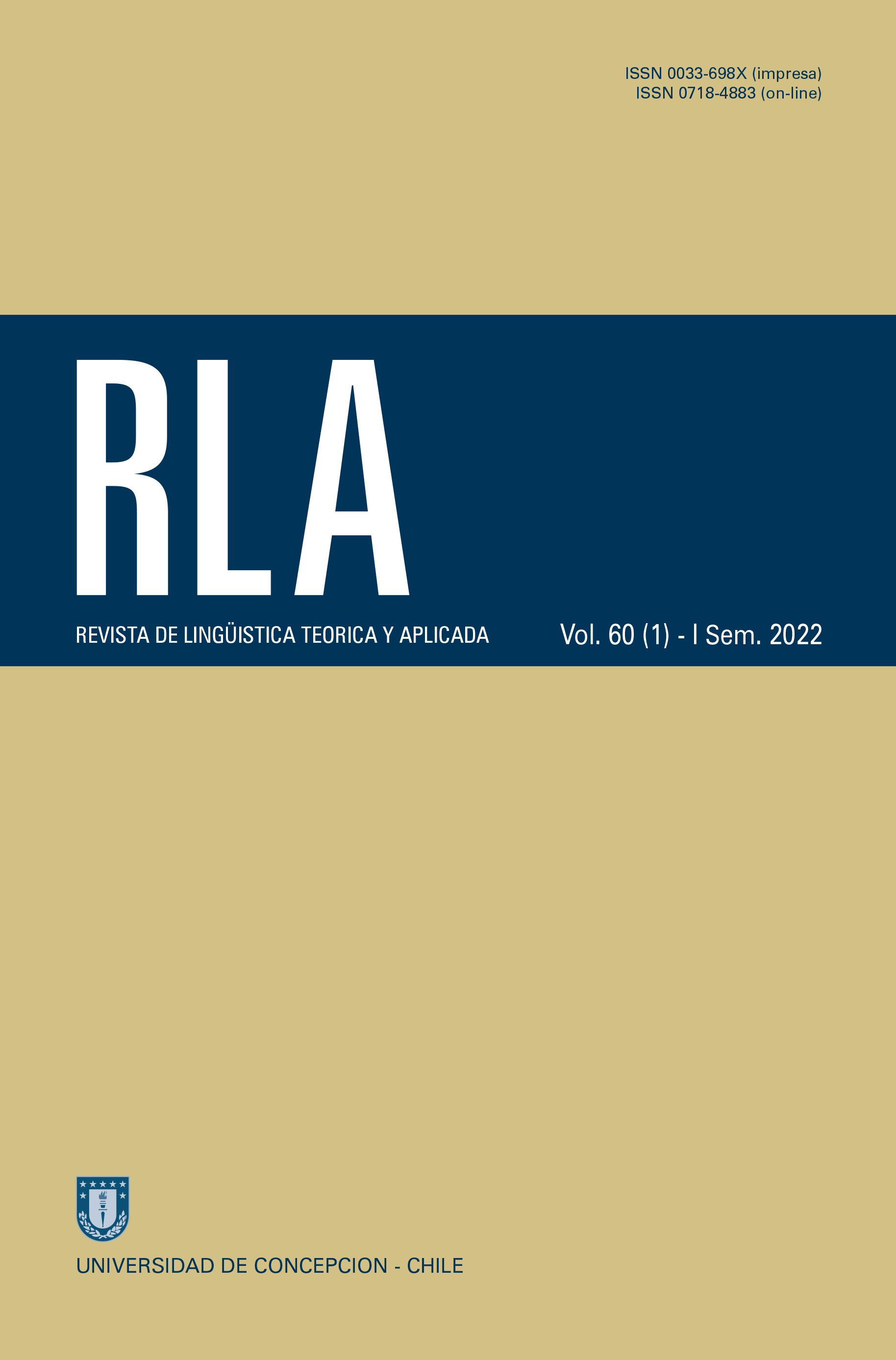CHARACTERIZATION OF NON SPANISH-SPEAKING ADULT MIGRANTS POPULATION IN CHILE AS A BASIS FOR A SECOND LANGUAGE PLANNING PROPOSAL
DOI:
https://doi.org/10.29393/RLA60-6CPVM40006Keywords:
Language acquisition planning, Spanish as a second language, adult education, cultureAbstract
The continual and diverse migratory movement challenges the educational system which was not prepared to face this sudden linguistic and cultural heterogeneity. Most of the research has been focused on children and young people educational insertion leaving adults adrift. In this context, the objective is to characterize the non Spanish-speaking adult migrant population studying in Chile and to propose basic elements to develop a linguistic planning for the Spanish acquisition as a second language (EL2) to facilitate the inclusion of this group. Descriptive statistics is used for the analysis of official sources from the Ministry of Education and then, theoretical frameworks related to an L2 learning are analyzed, establishing categories that guide a proposal for the EL2 acquisition linguistic planning. The results show differences in educational insertion and projection, highlighting the group from Haiti. This difference is accentuated because of their vulnerable context and the few possibilities of learning Spanish in a formal way. It is important to develop a linguistic acquisition planning not only depending on some people, but rather in a supra macro way, considering the linguistics and cultural aspects of the languages in contact and the people who transmit it.
Downloads
Published
How to Cite
Issue
Section
Copyright (c) 2022 Universidad de Concepción

This work is licensed under a Creative Commons Attribution 4.0 International License.







